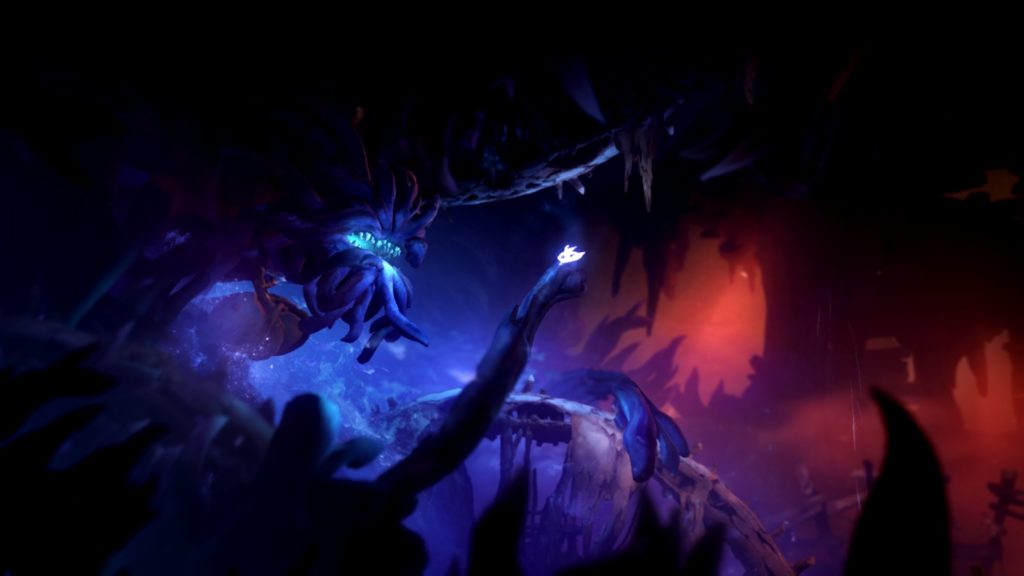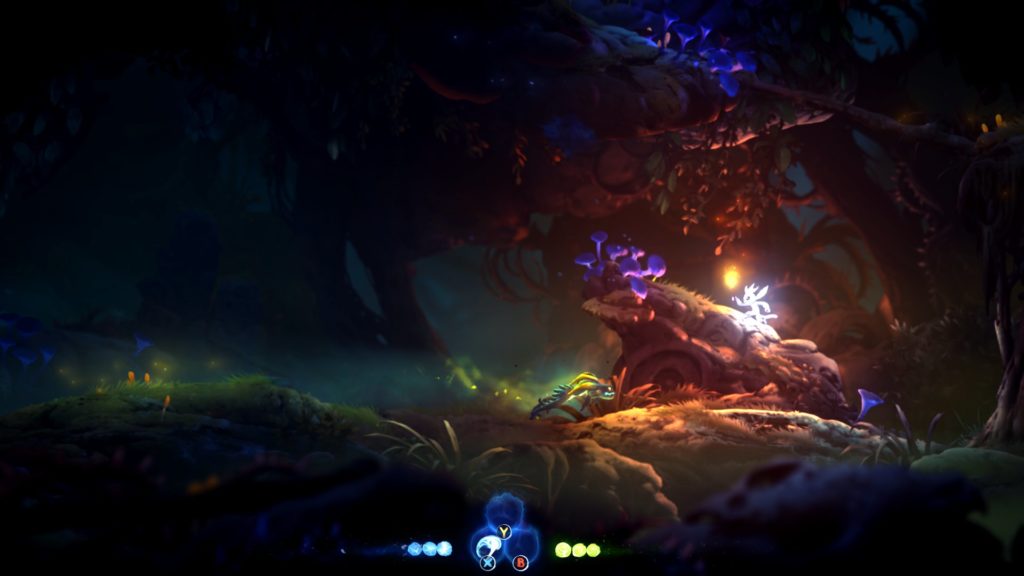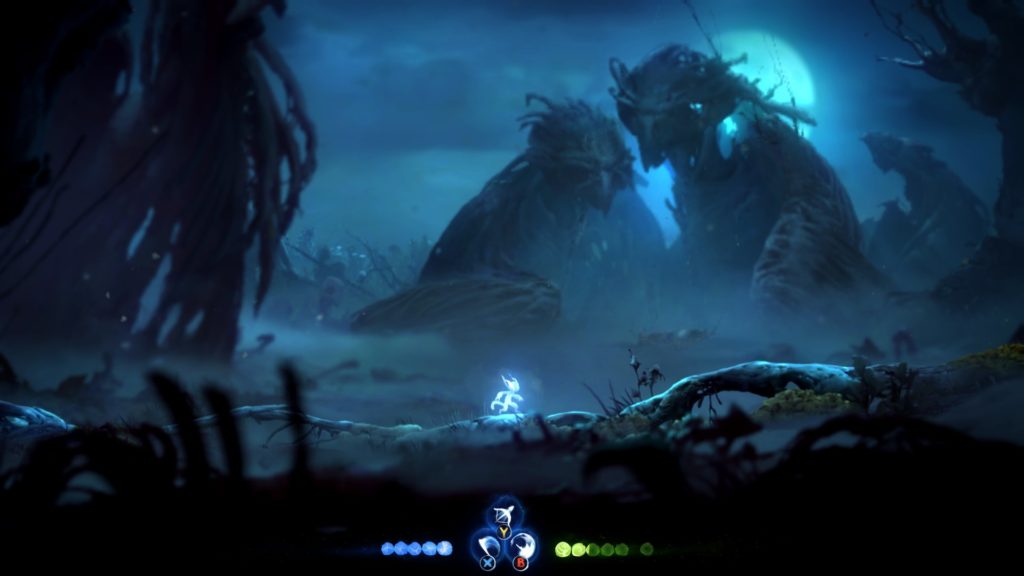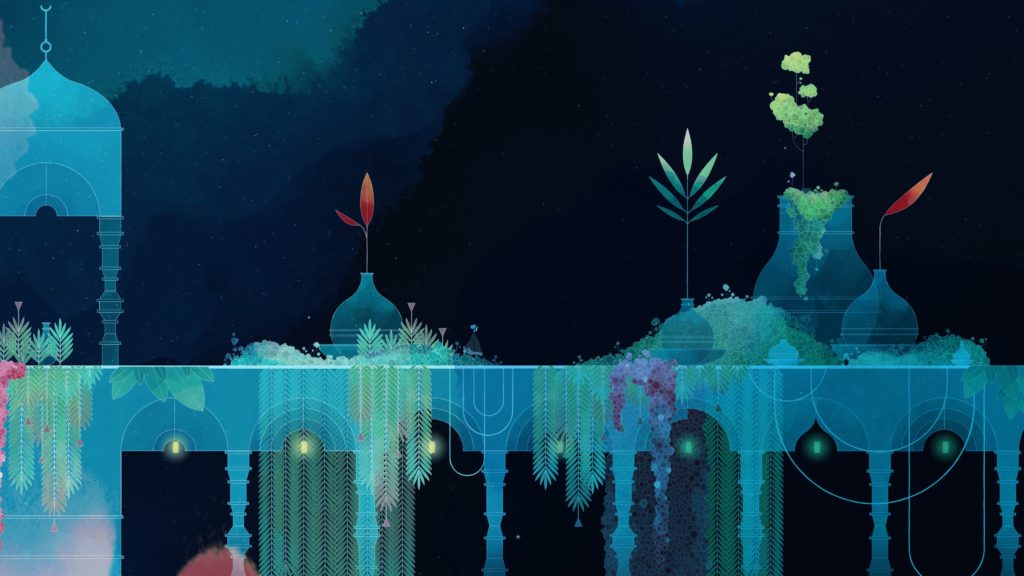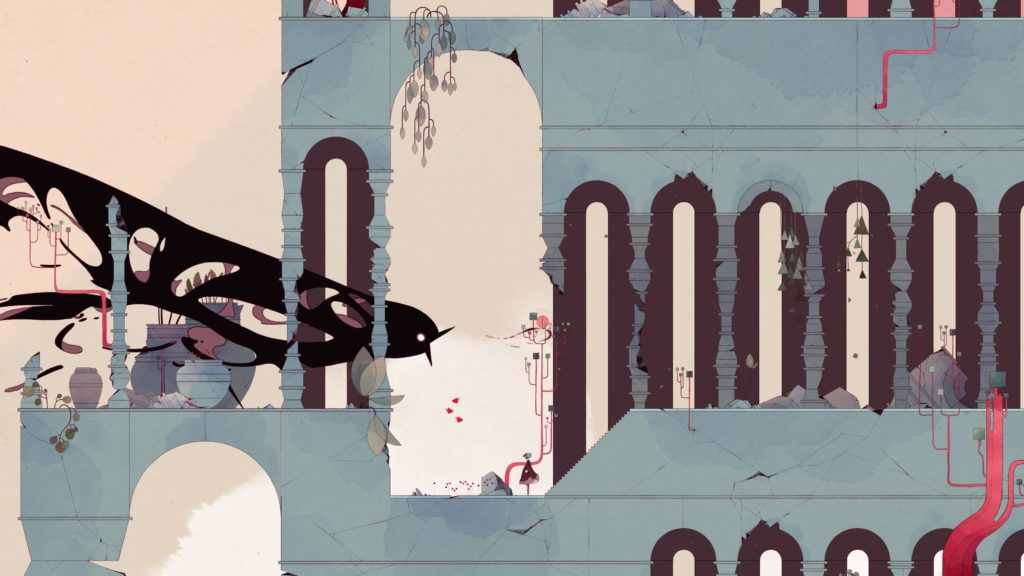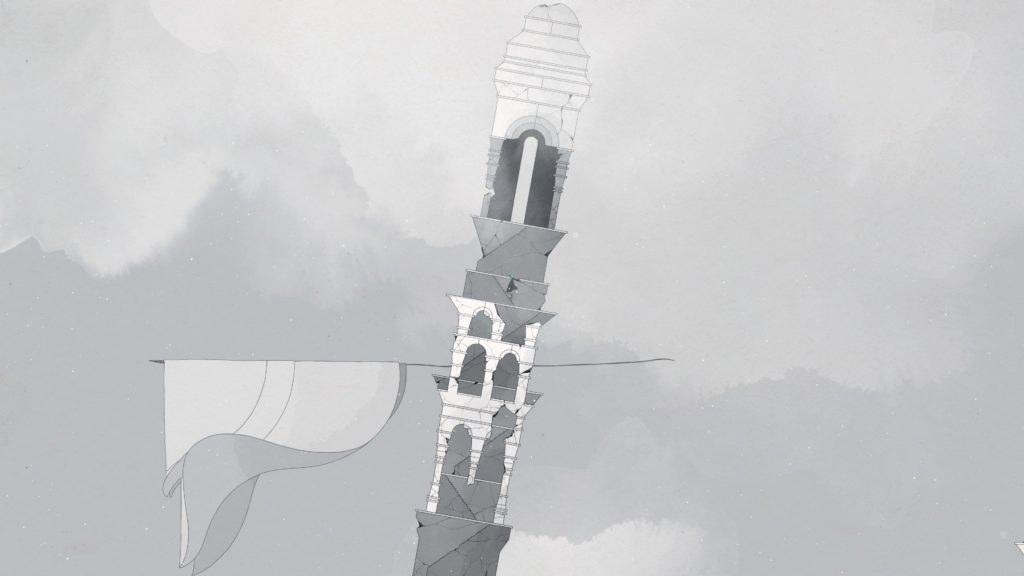- Genre: Platformer
- Platform: PS4
- Also Available On: iOS, Android, Steam, Xbox One, Switch
Ovivo is the perfect kind of indie experience for me. It takes a single mechanic, polishes it to a brilliant shine, and lasts as long as it needs to. It doesn’t start adding a bunch of cruft. It doesn’t add 20 hours of extra shit purely meant to extend gameplay. It doesn’t try to be something it isn’t. In focusing on what makes it special, it ends up being better than games that push higher and fall hard.
Ovivo is super simple mechanically but feels SO good as you get comfortable maintaining momentum. pic.twitter.com/4Ze4sSyo4z
— Dan Weiss (@schenksmill) July 12, 2020
This is an early level that I was playing, but I figure it’s a good place to start. The only mechanic available to you is the ability to switch between the white and black gameplay spaces. As you go further in the game, there’s some amount of nuance there, but it really is that simple. You can move left and right, and you can press the one button to switch between color planes. However, it’s the nuance that ends up giving the game a lot of depth.
Early on they give you those curved platforms and elevation changes. In swapping planes, you start to see a bit of momentum from the swap. It intuitively pushes you to preload your swap, which then teaches you about really using that momentum change to get to new spots. Meanwhile, this is all being taught in complete safety. Later levels start adding little pits that you have to use momentum to get around, giving you a spot to experiment with. It then proceeds to moving platforms and moving traps, giving another layer of depth to the interaction.
It’s that little step at a time push forward in complexity that works really well. You hit a new wall, have to experiment a bit, learn a little bit more, and move on. You see it in games like Super Mario Bros – can’t run left, always move right; jump before the first Goomba and hit your head on a question mark block – where new mechanics are introduced in a spot where you intuitively learn something, rather than being hand fed something. In the case of Ovivo, they do it extremely well. The complexity they get out of the one simple mechanic is astounding.
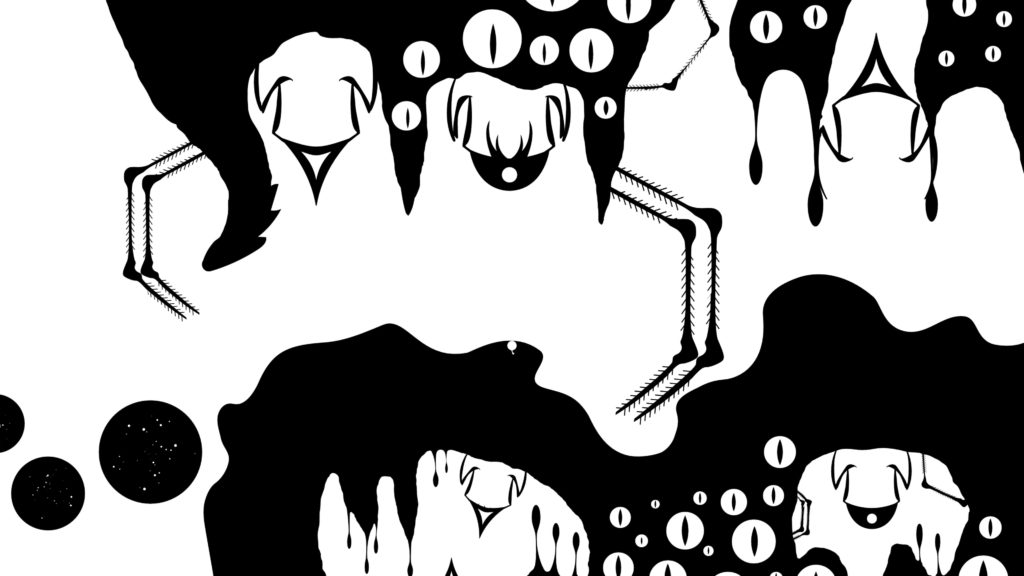
This is all helped by the fact that the game is visually stunning AND the visuals are core to that single gameplay mechanic. The entire game is presented in black and white, and everything you see is part of the gameplay space. The transition in colors literally acts as the collision boundary. Things that rare visually spiky and dangerous looking are literally dangerous and will kill you. Nothing is wasted in the layout of the levels, and it’s all important to the experience.
The fact that it is visually interesting leads to the one other sort of mechanic, which ends up being the light collection aspect. There’s two types of collectible items to find in the levels, and they’re a mix of on the core path and off of it in unique side areas. They end up playing a nice role in forcing you to pay attention to what’s going on around you to find those little side spots. In general, the ones off the path are also the ones that have the most interesting puzzle and momentum tricks, so it ends up being fun to find them anyway.
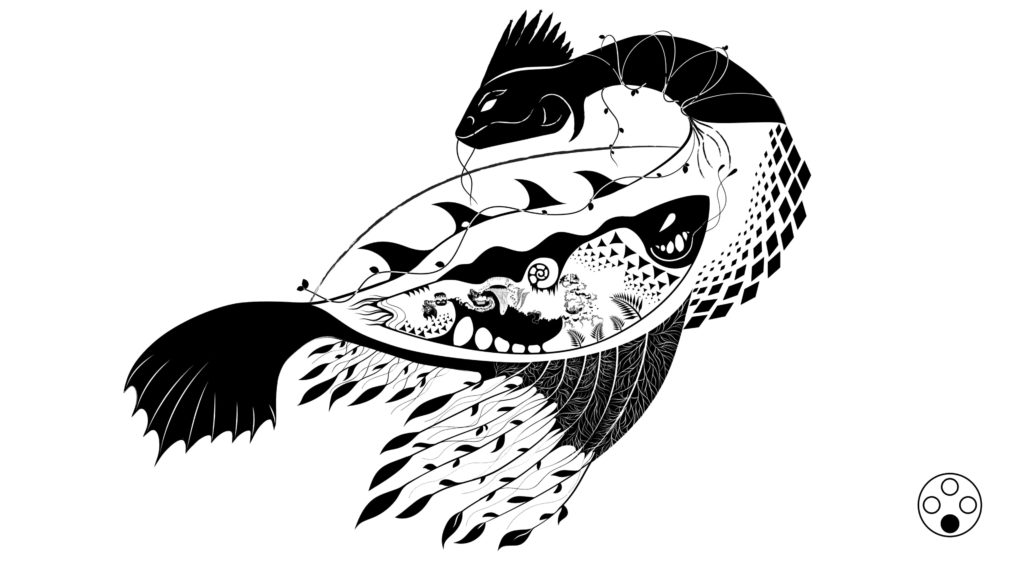
These kinds of short indie experiences are the type of game that I really like playing, and also the type of game that I’m glad to see coming to physical releases. In this case, I got this one from Red Art Games. These types of indie releases usually have a pretty small audience, so seeing them on disc is always a nice treat. Despite the small release number, it’s still getting it out to an expanded audience, and in a way that it will continue to be preserved. This definitely fell on the positive side for me. They really took their core mechanic to a polished state that isn’t common in many games, and it results in a game that feels truly unique in execution.


